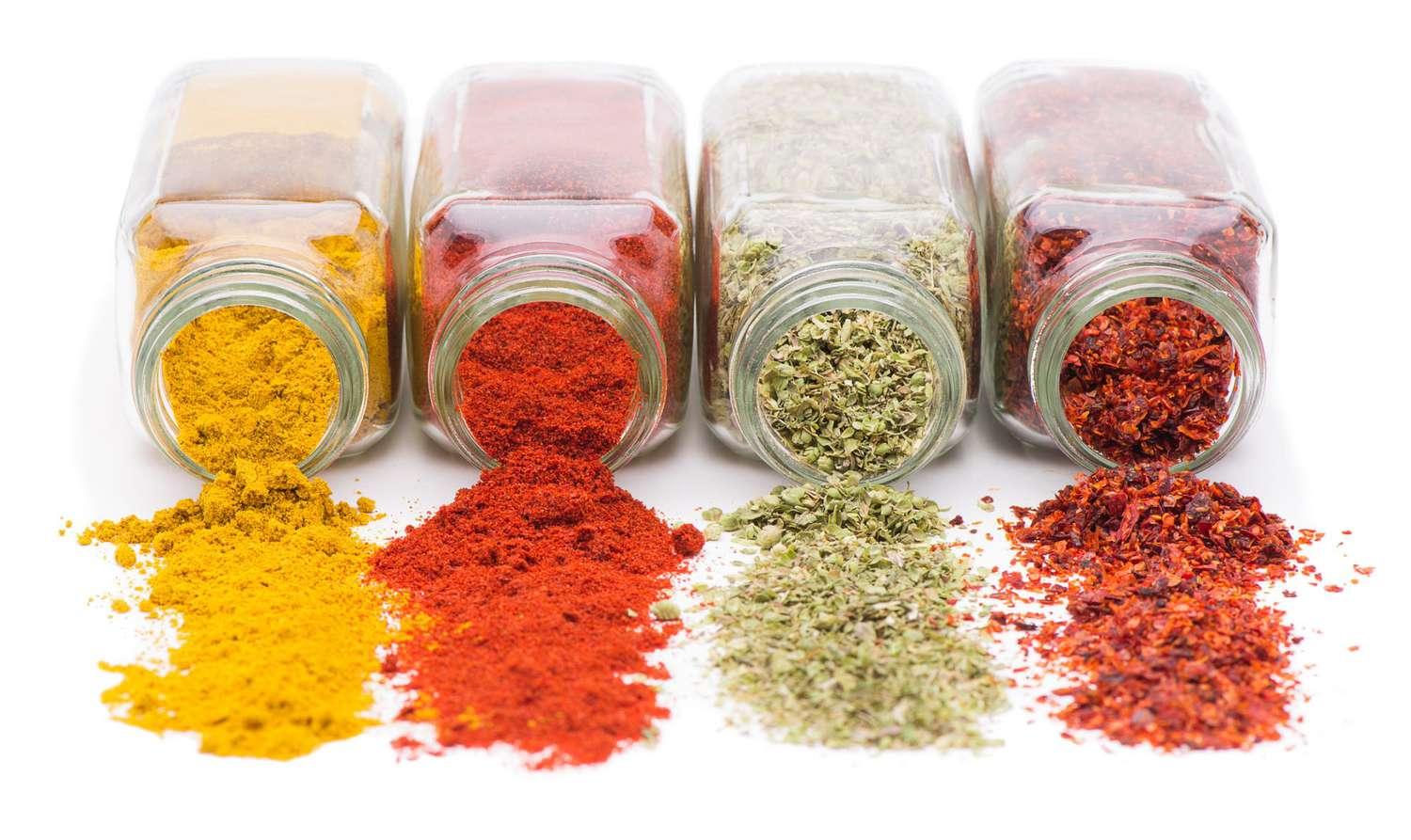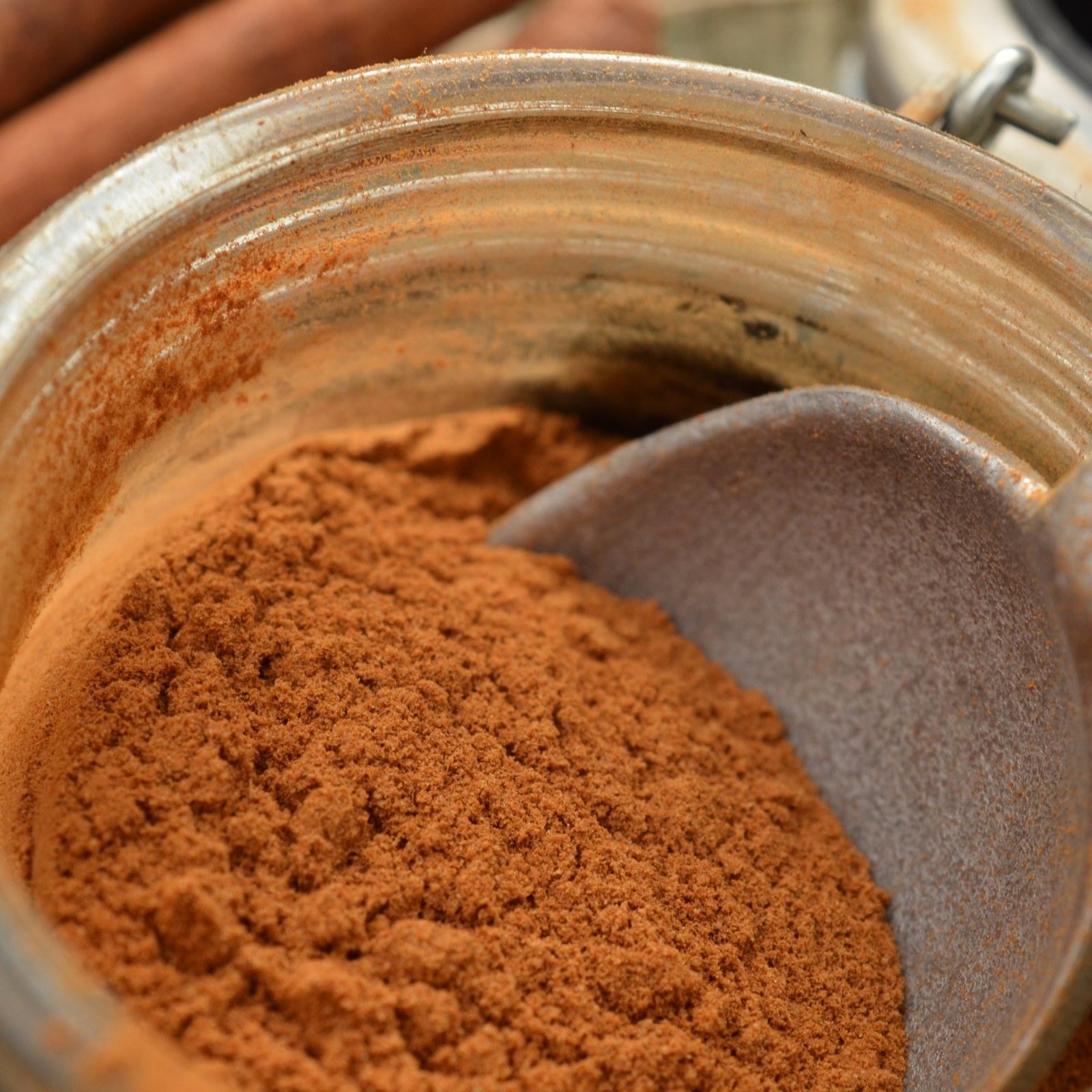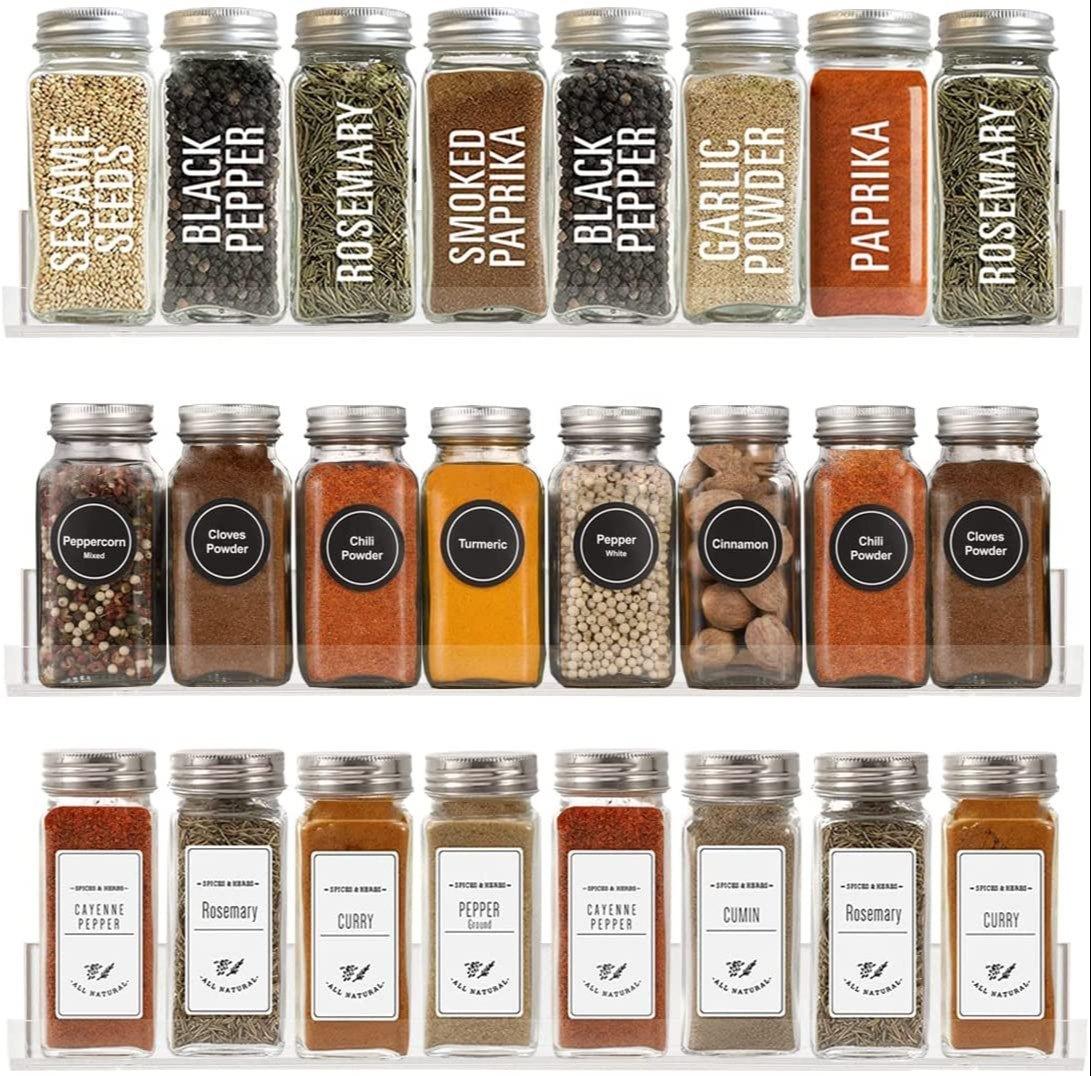Health authorities have expanded a cinnamon recall due to lead contamination fears. The recall now affects multiple brands and products.
Lead levels in some samples reached 20 parts per million, exceeding safety standards. This development raises concerns about the safety of our food supply chain.
How widespread is the cinnamon contamination?

The recall initially targeted one brand but has since expanded. Authorities have halted production and distribution of affected products.
The contaminated cinnamon reached stores in multiple states. Experts estimate that thousands of households may have purchased the tainted spice.
What makes lead so dangerous?

Lead replaces calcium in bones and teeth, accumulating over time. The body can store lead for decades after initial exposure.
This toxic metal affects multiple bodily systems, including the brain and heart. Studies show that even low-level lead exposure can reduce IQ scores by 3-5 points in children.
How does lead affect different age groups?

Children face severe risks from prolonged lead exposure. Lead can cause permanent damage to a child’s developing nervous system.
Adults may experience kidney dysfunction and high blood pressure. Research indicates that 10% of adults with chronic lead exposure develop cognitive impairment.
Is there a safe level of lead?

Health officials state that no known safe level of lead exposure exists. Even low levels can cause harm over time.
The WHO estimates that 143,000 deaths annually result from lead exposure. Experts continue to debate acceptable thresholds for lead in consumer products.
What should consumers do with recalled spices?

Authorities urge immediate discontinuation of recalled products. Consumers should return affected items for a full refund.
Experts recommend checking spice cabinets for potentially contaminated products. The FDA has set up a hotline for concerned consumers to report suspected cases of lead poisoning.
Have any illnesses been linked yet?

No illnesses have been reported in connection with the contaminated cinnamon. However, lead poisoning symptoms can take time to manifest.
Health officials continue to monitor the situation closely. The coming weeks may reveal the true impact of this contamination event.
How can we protect against lead exposure?

A varied diet can help mitigate the risks of repeated exposure. Adequate nutrient intake may protect against some lead effects.
Experts recommend regular hand-washing and dusting to reduce environmental lead. Blood tests can detect elevated lead levels before symptoms appear.
What’s next for food safety regulations?

This recall may prompt stricter testing protocols for imported spices. Regulators might consider lowering acceptable lead levels in food products.
Industry leaders call for improved supply chain transparency. The incident highlights the need for ongoing vigilance in food safety.
Could other spices be at risk?

The cinnamon contamination raises questions about other spices. Experts warn that soil conditions can affect lead content in plants.
Testing of various spices may increase in the coming months. Consumers wonder: which everyday ingredient might be next on the recall list?

